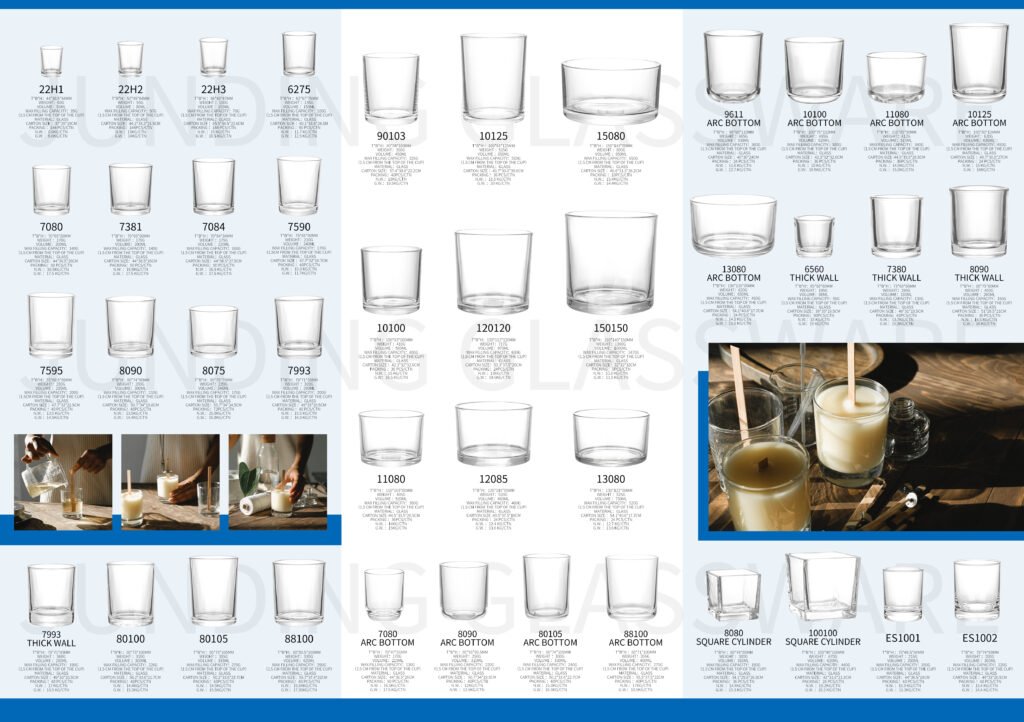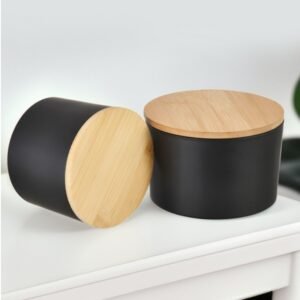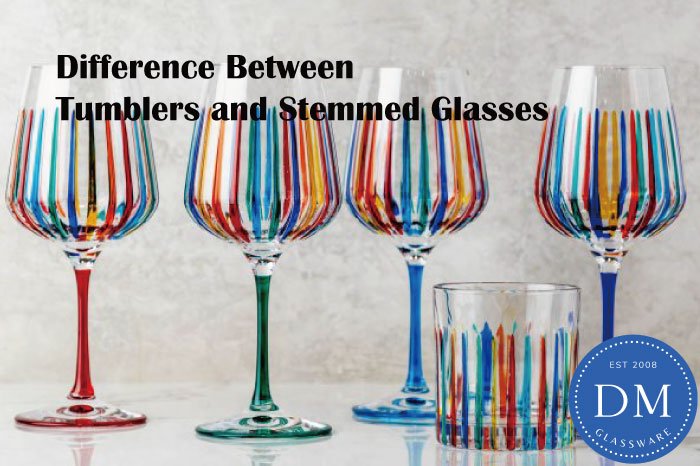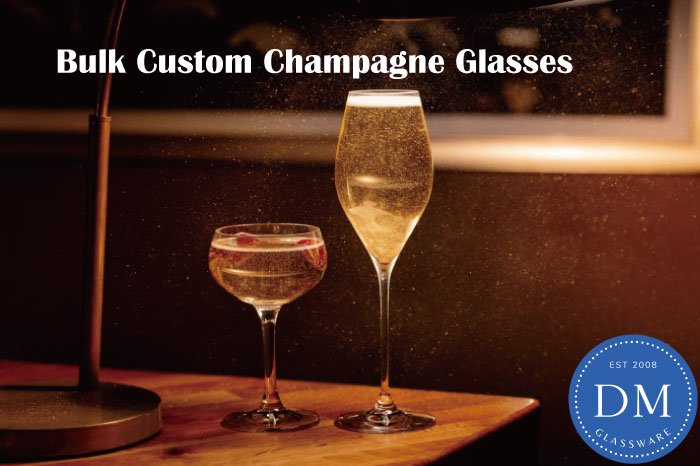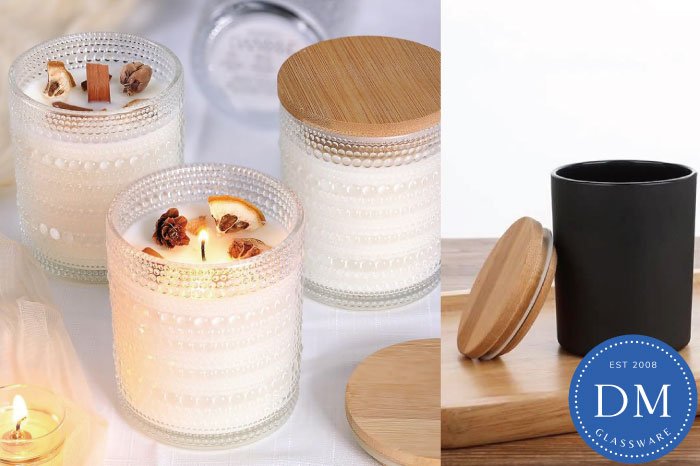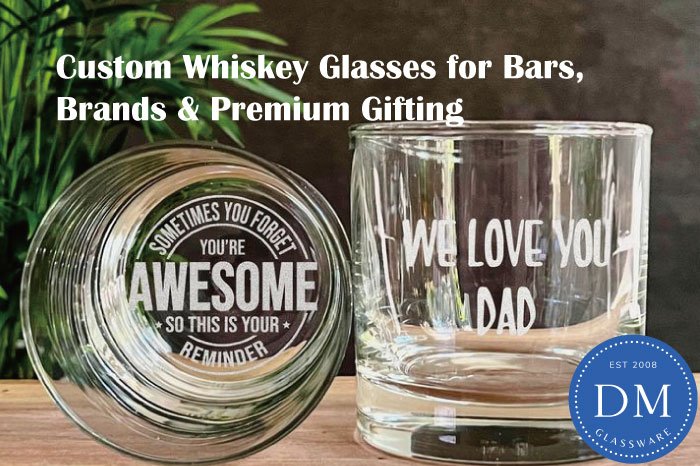
Choosing the Right Candle Wax for Your Business
Finding the best candle wax for your business can feel overwhelming. With so many options, how do you decide which one is right for your needs?
The best candle wax for your business depends on your goals. Factors like cost, fragrance throw, burn time, and sustainability all play a role.
To help you decide, we’ll explore different waxes and their features. By the end, you’ll have the clarity you need to make the right choice.
What Wax Makes the Best Candles?
The wax you choose directly impacts the quality of your candles. Customers expect clean burns and lasting scents, so selecting the right wax is crucial.
Soy wax and paraffin wax are popular choices. Soy is eco-friendly and burns cleanly, while paraffin offers strong fragrance throws and vibrant colors.
Comparing Candle Waxes
| Wax Type | Benefits | Drawbacks |
|---|---|---|
| Soy Wax | Clean burn, eco-friendly | May frost, softer texture |
| Paraffin Wax | Strong scent, affordable | Petroleum-based, not eco-friendly |
| Beeswax | Long-lasting, natural scent | Expensive, limited fragrance hold |
| Coconut Wax | Sustainable, creamy texture | Higher cost, limited suppliers |
| Gel Wax | Unique look, holds embeds | Synthetic, safety concerns |
Each wax has unique features that suit different purposes. The best one depends on your priorities and budget.
What Is the Healthiest Wax for Candle Making?
Health-conscious consumers care about the wax in their candles. It’s important to choose one that doesn’t release harmful chemicals.
Beeswax and soy wax are considered the healthiest options. They emit little to no toxins and burn cleanly, making them safer for indoor use.
Beeswax is a natural choice, free of additives. It purifies the air by releasing negative ions. Soy wax, made from soybeans, is renewable and biodegradable. Avoid paraffin if health is a top concern, as it may release toxins when burned.
What Wax Is Used in Luxury Candles?
Luxury candles are known for their superior quality and performance. The wax used is a key factor in creating a premium experience.
Coconut wax and soy blends are common in luxury candles. These waxes provide smooth finishes, clean burns, and excellent fragrance retention.
Luxury waxes often combine different types for optimal results. For example, coconut wax blended with soy offers the creamy texture of coconut and the stability of soy. This combination enhances scent throw and creates a polished look, perfect for upscale markets.
Is Beeswax or Soy Wax Better for Candles?
Both beeswax and soy wax are natural and popular. Choosing between them depends on what you value most in a candle.
Beeswax lasts longer and has a natural honey scent. Soy wax is more affordable and holds added fragrances better.
Beeswax vs. Soy Wax
| Feature | Beeswax | Soy Wax |
|---|---|---|
| Burn Time | Longer | Shorter |
| Cost | Higher | Lower |
| Fragrance Holding | Limited to natural scents | Excellent for added fragrances |
Beeswax suits those seeking natural candles, while soy is ideal for creative scent blends.
What Wax Does Bath and Body Works Use?
Bath and Body Works candles are loved for their rich fragrances. The wax they use contributes to their signature appeal.
These candles are made with a blend of soy wax and other vegetable-based waxes. This mix ensures strong scent throws and a smooth burn.
The Benefits of Blended Waxes
Blended waxes combine the strengths of multiple types. Soy provides a clean base, while additives like paraffin enhance fragrance and color. This balance creates candles that meet diverse consumer expectations.
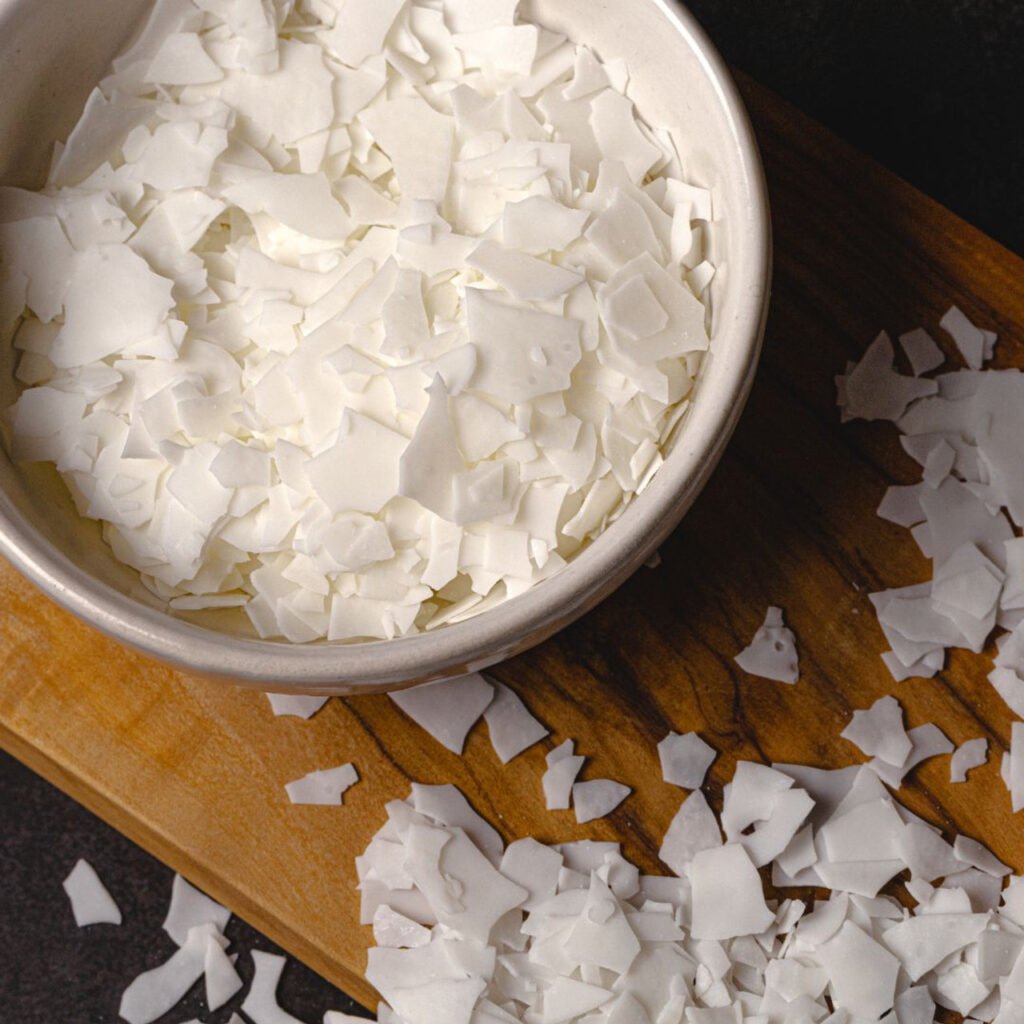
Soy Wax

Bees Wax
What Type of Wax Does a Yankee Candle Use?
Yankee Candles are iconic for their wide variety of scents. Their wax choice plays a big role in delivering consistent quality.
Yankee Candles primarily use paraffin wax. This wax offers strong fragrance performance and vibrant colors.
Why Paraffin Works for Yankee
Paraffin’s ability to hold and release fragrance oils makes it ideal for scented candles. Despite its petroleum origin, its low cost and versatility make it a popular choice for mass production.
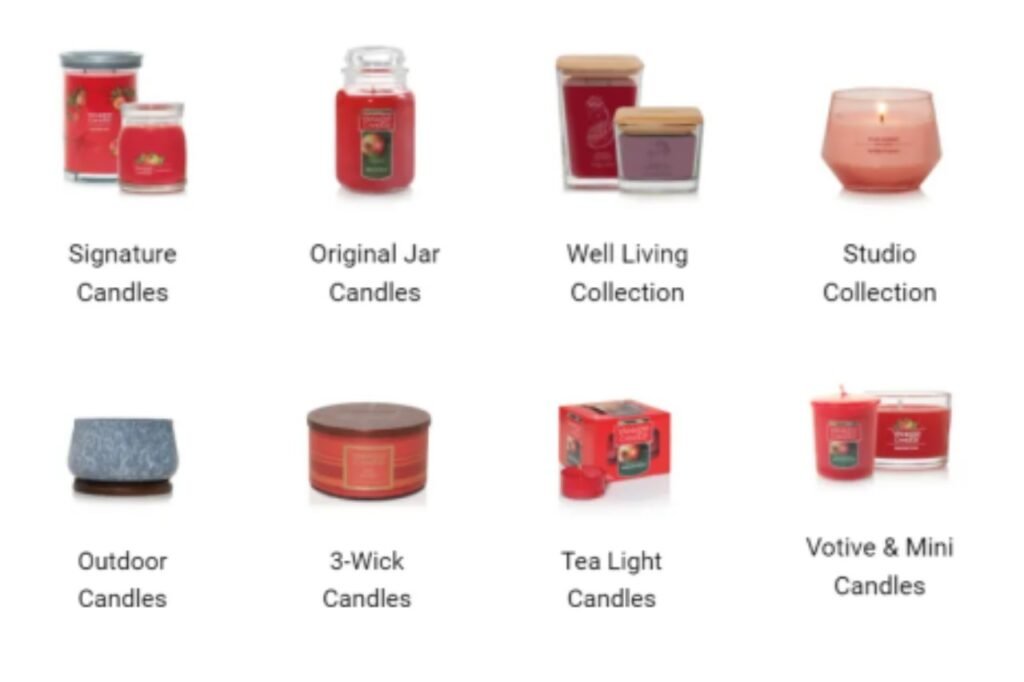
What Candle Waxes to Avoid?
Not all waxes are safe or effective. Choosing the wrong type can lead to poor performance or safety issues.
Avoid low-quality or unrefined waxes. They may emit harmful fumes or cause uneven burning.
Waxes with impurities, like some gel or low-grade paraffin, can compromise air quality. Always source waxes from reputable suppliers and check for certifications to ensure safety.
Are Yankee Candles Non-Toxic?
Consumers often question the safety of popular brands. Yankee Candles are a common topic of concern.
Yankee Candles are generally safe, but their paraffin wax may emit minimal toxins when burned. Ensure proper ventilation when using them.
While paraffin wax can release small amounts of chemicals, Yankee Candles comply with safety standards. If you prefer a cleaner option, choose soy or beeswax candles instead.
Is Coconut Wax Better Than Soy Wax?
Coconut wax is gaining popularity, but is it a better choice than soy?
Coconut wax is creamier and holds fragrance well. Soy wax is more affordable and widely available. Both are great eco-friendly options.
Comparing Coconut and Soy Waxes
| Feature | Coconut Wax | Soy Wax |
|---|---|---|
| Texture | Creamy and smooth | Firm and stable |
| Fragrance Throw | Excellent | Good |
| Cost | Higher | Lower |
Choose coconut for luxury candles and soy for versatile, budget-friendly products.
Which Wax Holds More Fragrance?
Fragrance strength is a key selling point for many candles. The wax type impacts how well scents are retained.
Paraffin and coconut wax hold fragrance the best. Soy wax performs well but may require higher fragrance loads.
To enhance scent throw, use waxes with good oil retention. Blending paraffin with other waxes or using fragrance-enhancing additives can further improve performance.
What Wax Do IKEA Candles Use?
IKEA candles are a staple for affordable home décor. Their wax composition balances cost and quality.
IKEA uses paraffin wax and blends of vegetable waxes. This mix keeps prices low while ensuring a consistent burn.
IKEA prioritizes affordability and functionality. Their wax choices reflect a commitment to delivering reliable candles for everyday use. This combination appeals to a broad customer base.
What Makes a Candle More Expensive?
The price of a candle often reflects the quality of its materials. Understanding what drives costs can help you position your products effectively.
High-quality wax, fragrances, and packaging all increase candle prices. Customization and branding also add value.
Breaking Down Candle Costs
Luxury candles often use premium waxes like coconut or soy blends. Adding unique fragrances, decorative jars, and eco-friendly packaging justifies higher prices. These features set them apart in the market.
Which jars are suitable for candles?
Finding the right jar for candles can be challenging. The right jar enhances safety and aesthetics.
Glass jars are the most suitable for candles due to their heat resistance, durability, and aesthetic appeal. Other options include ceramic and metal containers.
Popular Candle Jar Options
Glass Jars: Classic, heat-resistant, and transparent.
Ceramic Jars: Stylish, durable, and versatile.
Metal Tins: Lightweight, portable, and modern.
Choosing the right jar ensures a safe and attractive candle.
See Also: Perfect Glass Jars for Candle Making
How to Choose the Right Jar for Candles
Choosing the right jar for your candles is crucial for both aesthetics and functionality. The jar you select affects the candle’s burn quality, appearance, and overall customer appeal.
The best candle jar should be heat-resistant, durable, and complement the style of your brand while providing a safe burning experience.
What Material Is Best for Candle Jars?
The material of the jar impacts the candle’s safety, durability, and style. Choosing the right material is essential to ensure the jar can withstand the heat of the burning candle.
Glass is the most popular choice due to its heat resistance and versatility, while metal and ceramic jars offer unique styles and durability.
Comparing Different Jar Materials
| Material | Benefits | Drawbacks |
|---|---|---|
| Glass | Heat-resistant, stylish | Fragile, heavier |
| Metal | Durable, lightweight | Can get hot, limited transparency |
| Ceramic | Elegant, insulating | Expensive, heavy |
| Tin | Affordable, portable | May rust over time |
Glass jars remain the top choice for most candle makers because they allow customers to see the wax and add a luxurious touch.

What Size Jar Should You Choose?
The size of the jar affects the candle’s burn time and wax capacity. Choosing the right size ensures a balanced burn and meets customer expectations.
Choose a jar size based on the intended burn time and the amount of wax needed for an even burn. Common sizes include 8 oz, 12 oz, and 16 oz.
Factors to Consider for Jar Size
- Wax Capacity: Ensure the jar holds enough wax for your desired burn time.
- Wick Compatibility: A larger jar may require multiple wicks for an even burn.
- Portability: Smaller jars are easier to transport and store.
Selecting the right size depends on the type of candle you want to offer, such as travel candles, decorative pieces, or long-burning options.
What Jar Shapes Work Best for Candles?
The shape of the jar affects how the wax melts and the aesthetic appeal of the candle. Different shapes serve different purposes and create unique experiences.
Round jars are the most popular because they allow an even melt pool, while square and novelty shapes can create a distinctive look.
Popular Candle Jar Shapes
| Shape | Benefits | Drawbacks |
|---|---|---|
| Round | Even melt pool, classic look | Common, less unique |
| Square | Modern aesthetic, unique | Uneven burn potential |
| Hexagonal | Stylish, eye-catching | Harder to source |
| Tumbler | Elegant, upscale appearance | Higher cost |
Choosing the right shape depends on your brand’s image and the overall candle design you want to achieve.
What Features Should You Look for in a Candle Jar?
When choosing a jar, certain features enhance the overall experience and safety of your candles.
Look for heat resistance, airtight lids, and thick walls to ensure durability and a safe burning process.
Key Features to Consider
- Heat Resistance: Ensures the jar can handle prolonged exposure to heat.
- Lids: Helps preserve fragrance and offers a polished look.
- Transparency: Clear jars showcase decorative candles better.
- Customization Options: Consider jars that allow branding or unique designs.
By focusing on these features, you can ensure your candle jars are both functional and appealing to customers.
How Do You Ensure Candle Jar Safety?
Safety is a top priority when selecting candle jars. Using an unsuitable jar can lead to cracks, overheating, or breakage.
Choose jars specifically designed for candles, made from heat-resistant materials, and always conduct burn tests to ensure safety.
Tips for Ensuring Safety
- Always use jars made from tempered glass or approved heat-resistant materials.
- Leave enough wax clearance to prevent overheating.
- Avoid thin or low-quality jars that may crack under heat.
Proper safety measures help build customer trust and ensure your candles meet industry standards.
Conclusion
Choosing the right candle wax depends on your business needs. Whether you prioritize eco-friendliness, fragrance, or cost, understanding your options ensures you make the best choice.
